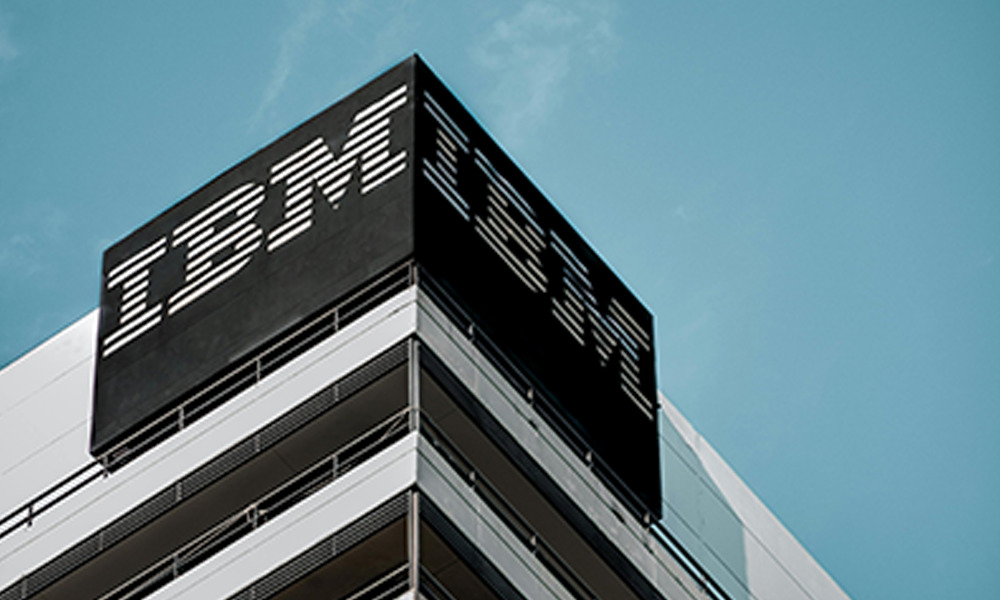As much as we may like hardware to last forever, it is the nature of all IT equipment that it holds its own lifecycle and functioning period. For sustainability, financial and ethical reasons, Procurri aims to help as many businesses as possible extend the lifecycle of their IT assets (and particularly servers); and here, we explain the hows and whys of such work.
The Typical Five Lifecycle Stages of Servers
Traditionally, servers have five set lifecycle stages, each usually dictated and managed by the OEM (Original Equipment Manufacturer) of the hardware. These stages are:
EOL (End of Life)
End of Life refers to the point at which an OEM no longer intends to manufacture the server hardware. This does not mean that the server will stop working, but rather that you won’t be able to buy new hardware of this type from the OEM. The date for the cease of manufacture of a model is usually announced in advance, and comes about between 2-5 years after its initial production run. From an OEM’s point of view, this is so the company is able to free up their manufacturing space to produce newer models of equipment.
EOS (End of Sale)
The End of Sale point is a date past the EOL at which the OEM stops selling the model of hardware. In most cases, this is around a year after the EOL date, as all remaining stock is purchased and no more is available.
If a business wants to purchase a model of server that has reached its EOS point, they can still do so – just not directly from the OEM. Instead, they can source such equipment through a secondhand or refurbished hardware provider, such as Procurri.
EoNS (End of New Service)
Where OEMs offer support service contracts to offer hardware servicing, maintenance and updates, the EoNS refers to the last date at which they will sell their customers a contract of this type. At this time, there are three options for customers:
- Stay with their OEM for support services and continue the contract until its expiry
- Move to a third party IT maintenance provider such as Procurri for ongoing support services
- Cease to receive support services altogether.
LDoS (Last Day of Service) and EOSL (End of Service Life)
The LDoS refers to the last day that the OEM will offer support services for the given model of hardware; also often known as the EOSL. At this point, the OEM withdraws all support for the server, instead focusing their support efforts on newer modes. However, these names are a little misleading – as they only refer to support provided by the OEM and not support from third parties. Hardware reaching its EOSL does not mean that it ceases function, just that the OEM will no longer support it. At this point, the server owner has three options:
- Upgrade their hardware to the OEM’s newest model and start a new support services contract for this (starting a new lifecycle)
- Move to a third party IT maintenance provider such as Procurri for ongoing support services with the existing hardware (extending its lifecycle)
- Cease to receive support services altogether.
Why are Server Lifecycles so Limited?
Conventionally, server lifecycles have tended to have a limit of around five years before they require replacement or upgrade to a newer model. In the simplest of terms, this is because the OEM is a business and needs to make money by continually bringing out new products with updated technology and fresh features. By retiring their older product lines, they are able to focus their business efforts on product development and in recruiting new customers and making new sales through this. In recent years, with the onslaught of technological development happening not just day by day but hour by hour, it’s fair to say that such hardware lifecycles have been swifter than ever – as new products are needed in order to maintain competitive advantage.
For OEMs, this is simply good business. But for their customers, not so much as they embark on a continual cycle of overconsumption as they replace hardware still functional for no reason other than the manufacturer needs to make more money.
However, this no longer needs to be the case. Businesses and server owners need not simply decommission their hardware as soon as the OEM withdraws support services if their IT assets are still functional and safe.
What can Businesses do to Extend the Lifecycle of their Servers?
Just because server hardware reaches its designated EOSL point does not mean that it is no longer functional or fit for purpose. Indeed, with the rapid development of technology, such assets have been proven to last up to a decade when proper servicing, maintenance and updates are continued. How? Enter the providers of Third Party Maintenance.
Third Party Maintenance is the term used to refer to server, networking and storage service providers that offer maintenance despite not being the OEM of the hardware. They usually offer such services long after the EOSL point, allowing businesses to continue using their hardware even when the OEM no longer offer their own support.
Procurri is one such provider. We are the top Third Party Maintenance partner focused entirely on the channel and on achieving sustainability objectives alongside value maximization. Our contracts don’t impede on existing OEM agreements and with support available across over 100 countries on a “follow-the-sun” support model, technicians are available at the touch of a button as needed. Our Global Maintenance services are available across all time zones and in a variety of different languages, to cater to all.
Third Party Support can be accessed on the phone, online, or via email 24 hours a day, 7 days a week, 365 days a year. What’s more, should in-person support be required for maintenance or break-fix aid, a technician will visit on-site and provide the physical provision. Disruption will be kept to a minimum and where possible, potential issues resolved before they arise or escalate – it’s all part of Procurri’s proactive support model!
Even legacy systems can be maintained and supported through Procurri’s Third Party Maintenance solutions; contact the team to enquire about your specific requirements.
How does Third Party Server Maintenance contribute to Sustainability Efforts?
The standard lifecycle of IT assets means that hardware is disposed of before it actually reaches its end of functional life; creating excess e-waste and indulging a cycle of overconsumption unnecessarily. Procurri is a carbon neutral operating company, certified by the Carbon Footprint Standard. As such, we aim to extend the lifecycle of hardware as far as possible by offering comprehensive support and maintenance services, and when the time comes to eventually dispose of it, we operate on a zero-to-landfill basis.
Working with a carbon neutral supplier allows our clients to declare us as a sustainable business partner in their ESG reporting, as well as work in line with the UN’s Sustainable Development Goals (SDGs) on responsible consumption and production, and climate action.
How does Third Party Server Maintenance contribute to Financial Savings?
Investing in Third Party Maintenance immediately breaks the regular cycle of having to re-purchase server hardware every 3-5 years, and is considerably cheaper than the financial outlay of doing so and paying for ITAD (IT Asset Disposal) services. The extension of the asset lifecycle allows for businesses to operate on a reduced cost level for the period during which they receive the Third Party Maintenance servicing; diverting the saved funds either to other cost centers within the organization or toward budget for a future purchase.
In most cases, the ongoing costs of Third Party Maintenance contracts are usually cheaper than those of OEM maintenance contracts. At Procurri, we offer the same level of expertise from our technicians and engineers as OEMs, but at a considerably cheaper price (up to 70% compared) – so it’s a win-win in terms of budget!
What else do I need to know about Procurri Third Party Server Maintenance?
We understand that every business is different, and that’s why we offer bespoke service packages to work to and with the idiosyncrasies of your operations. We take a multi-vendor approach and can manage even the most complex of configurations.
What’s more, we can work on a parts-only, reactive or proactive basis, and are able to source and service even the rarest and most legacy of hardware.
Our uptime is guaranteed so customer service will remain seamless – they never need to know how old your equipment is and will enjoy great service throughout.
To learn more, get in touch with the Procurri team and talk you through your requirements today. You may just be surprised at how much longer we can make your hardware last, how much money we can save you and just how sustainable we can help you be.




